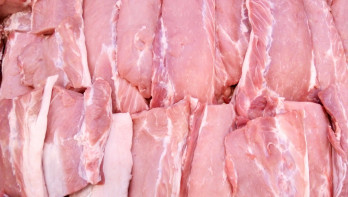Analysis Pigs & Pork
Low supply underpins pork market
The pig price has been somewhat stabilized after the significant drop during the summer. The good weather at the end of August has led supermarkets to sell their excess reserves. Additionally, the tight pig market provides a solid foundation for prices.
This week, the pig market has corrected slightly. Between week 32 and week 34, the pig price dropped by as much as 12 cents from €2.06 per kilo to €1.94. After three weeks of stability, the price is moving up again. In week 37, the price increased by 1 cent to €1.95.
Although the increase in the pig price is minimal, with a rise of 1 cent, there is a clearly stronger foundation under the pig price. Part of this is due to a slightly better market. Thanks to the good weather at the end of August, supermarkets managed to sell off excess barbecue meat stocks, leading to a gradual increase in pork orders.
This has resulted in meat prices stabilizing in recent weeks after a summer of significant declines. Prices were reduced by over 11.5 cents during the summer. However, in the last three weeks, carcass prices have increased by 3.26 cents. It is clear that the barbecue season is almost over. While prices for ribs and bacon remain stable, prices for hocks, livers, and hams are clearly on the rise. Finally, hams have been on the rise for some time.
Low pig supply provides a foundation
For slaughter prices, the low pig supply is a more important factor. At the moment, a low pig supply clearly underpins the somewhat weak pig market. According to the latest data from RVO, only 269,000 pigs were slaughtered in the Netherlands in week 34. This slaughter figure is significantly below the five-year average. Based on the last five years, you would expect roughly around 285,000 pigs to be slaughtered in that week. This means the number of slaughters is 5.6% lower than the five-year average.
In Germany, more recent data is now available. In our neighboring country, the slaughter figure increased from around 700,000 pigs at the end of the holiday to 736,000 pigs in week 36. However, this is still significantly below the five-year average. Based on the last five years, the number of slaughters should be around 781,000 pigs. This represents a decrease of 5.7%.



